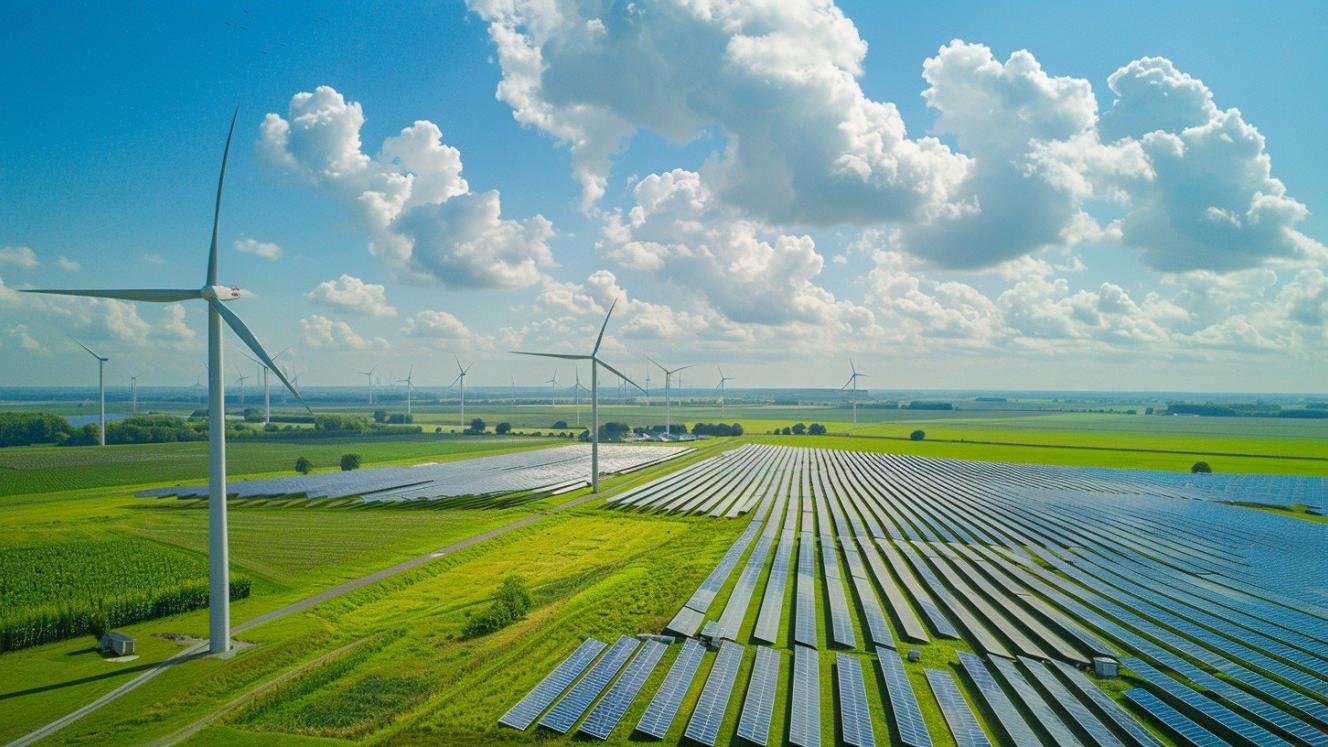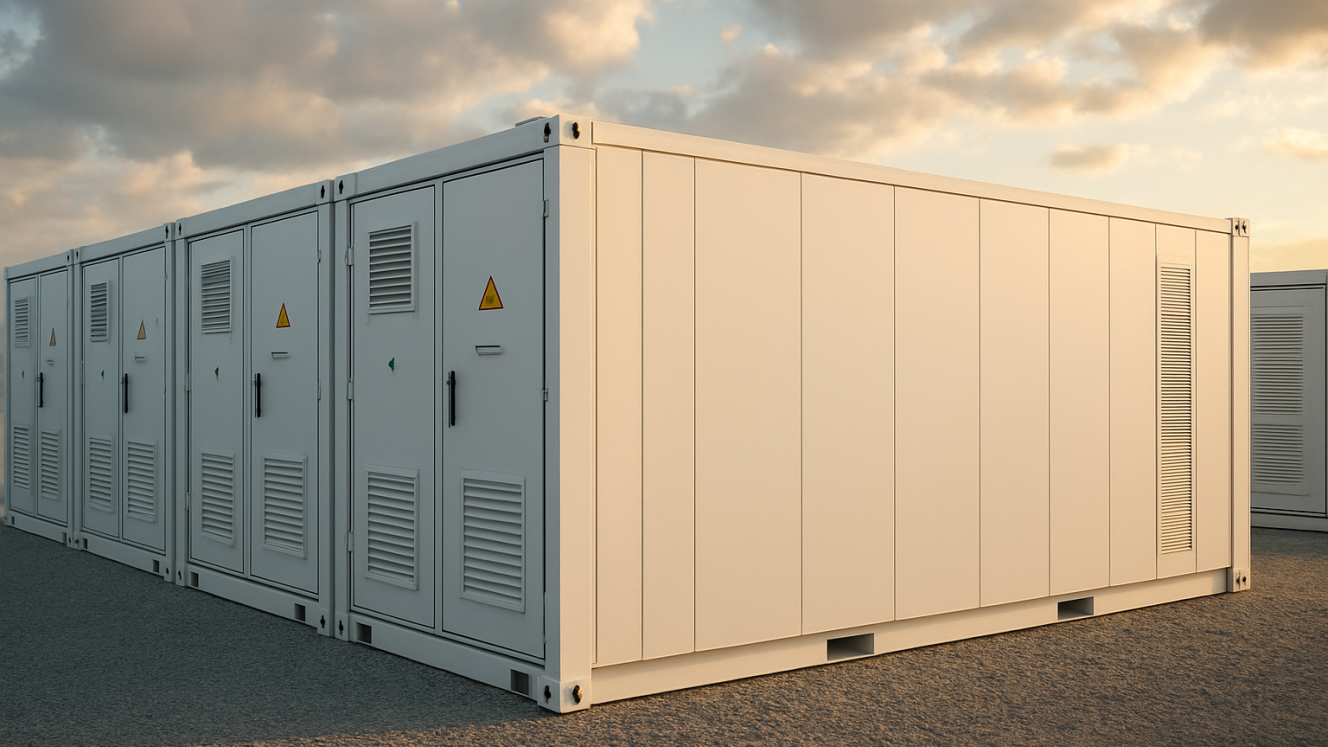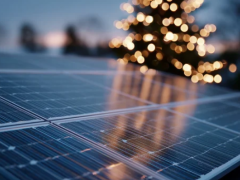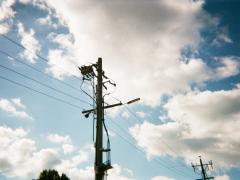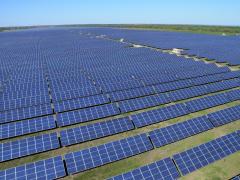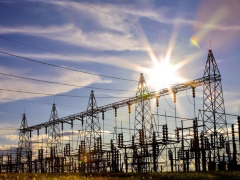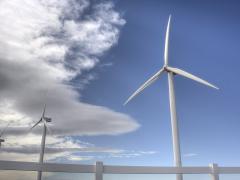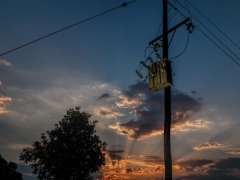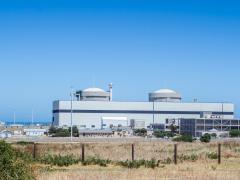South Africa’s renewable energy boom has entered a new phase – and a new bottleneck.
The 4th annual South African Renewable Energy Grid Survey (SAREGS) shows that the country’s main constraint is no longer grid connection capacity but insufficient load and system flexibility to absorb the growing wave of renewable projects.
The 2025 SAREGS results were presented on October 27 during a webinar hosted by the South African Photovoltaic Industry Association in partnership with the National Transmission Company South Africa (NTCSA). The SAREGS is compiled annually by the NTCSA to inform Eskom’s Transmission Development Plan and the Grid Capacity Connection Assessment dashboard, which maps available grid access. According to Ronald Marais, Senior Manager for Strategic Grid Planning at the NTCSA, the 2025 survey received 673 submissions – up from 483 in 2024.
Installed capacity interest rose from 172 GW to 283 GW while total contracted grid connection interest (maximum export capacity) climbed to 220 GW. Marais says the pipeline is “dominated by solar PV, wind and a significant increase in battery storage.”
This rapid growth is outpacing system demand, he says. “In the near term, we are running out of load before we’re running out of anything else,” Marais says.
Electricity demand on the national grid is currently around 20-24 GW during daytime hours compared to 37 GW of near-term PV project interest.
“The biggest constraint is the ability to match supply and demand over all hours and make sure that the system is flexible enough to do that,” Marais explains.
Without greater demand growth and flexible system capability, including battery energy storage, demand-side management and responsive industrial load, developers risk facing economic curtailment even where grid access is available.
“South Africa’s renewable future now depends not only on grid access but on creating a system that can effectively utilise the power being generated,” Marais says.
